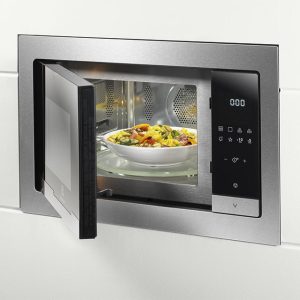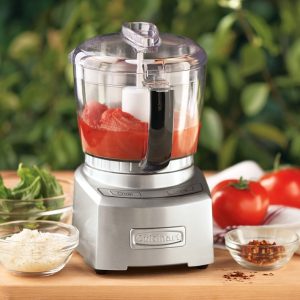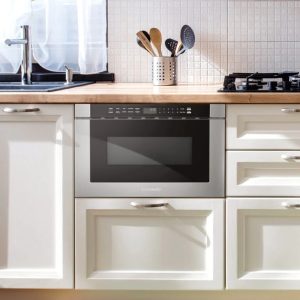
Introduction
Using the right amount of coffee is crucial for achieving a delicious and balanced brew in a drip coffee maker. Too little coffee can result in a weak and under-extracted cup, while too much coffee can lead to a strong and bitter taste. In this article, we will explore how to determine the appropriate amount of coffee to use in a drip coffee maker, considering factors such as your preferred strength, cup size, and the coffee-to-water ratio.

How much coffee do I put in a drip coffee maker?
Coffee-to-Water Ratio
The coffee-to-water ratio is the key factor in determining the amount of coffee to use in a drip coffee maker. It refers to the ratio of coffee grounds to the water used during brewing. The recommended coffee-to-water ratio for drip coffee makers is typically around 1:15 to 1:18, which means 1 part coffee grounds to 15 to 18 parts water. However, you can adjust this ratio based on your personal taste preferences.
Preferred Strength
The strength of the coffee refers to its intensity and boldness. Some people prefer a stronger, bolder flavor, while others prefer a milder taste. The amount of coffee you use in a drip coffee maker can be adjusted to achieve your preferred strength.
Mild Strength: If you prefer a milder taste, you may opt for a lower coffee-to-water ratio, such as 1:18. This ratio will result in a lighter brew with less pronounced flavors.
Medium Strength: For a balanced and medium-strength cup of coffee, a coffee-to-water ratio of 1:16 is a good starting point. This ratio provides a well-rounded flavor profile without being too strong or weak.
Strong Strength: If you enjoy a strong and robust cup of coffee, you can use a higher coffee-to-water ratio, such as 1:15. This ratio will yield a more concentrated and intense brew.
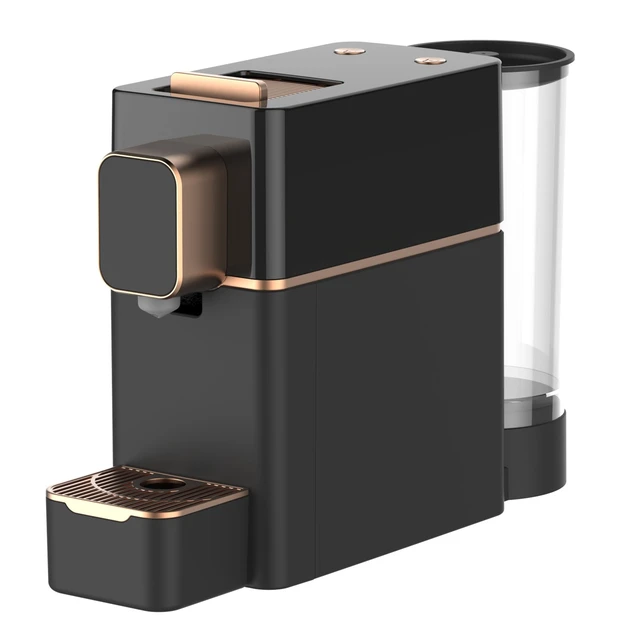
Cup Size
The size of your cup or mug will also influence the amount of coffee you should use. It is important to adjust the quantity of coffee grounds accordingly to ensure that you have a consistent and satisfying flavor profile.
Standard Cup: For a standard 8-ounce (236 ml) cup of coffee, a general guideline is to use around 1 to 2 tablespoons of coffee grounds. This measurement can be adjusted based on your preferred strength and taste.
Large Cup or Travel Mug: If you’re using a larger cup or travel mug, you will need to increase the amount of coffee grounds to maintain the desired strength. It is recommended to use an additional 1 tablespoon of coffee grounds for every 4-ounce (118 ml) increase in cup size.
Calculating the Amount of Coffee
To calculate the precise amount of coffee to use in your drip coffee maker, consider the following steps:
Determine your desired coffee-to-water ratio: Decide on the strength you prefer and choose the appropriate coffee-to-water ratio. For example, if you prefer a medium strength, you might choose a ratio of 1:16.
Measure the water: Determine the amount of water you will use for brewing. As a general guideline, a standard 8-ounce (236 ml) cup of coffee requires 6-ounce (177 ml) of water.
Calculate the amount of coffee: Divide the total amount of water by the second number in the coffee-to-water ratio. For example, if you are using 6 ounces (177 ml) of water and have chosen a ratio of 1:16, divide 6 by 16 (6 ÷ 16 = 0.375). This calculation indicates that you should use 0.375 ounces (around 10.6 grams) of coffee grounds.
Adjust based on preference: Adjust the amount of coffee grounds based on your personal taste. If you prefer a stronger cup, you can increase the quantity slightly, such as using 0.5 ounces (around 14 grams) of coffee grounds.
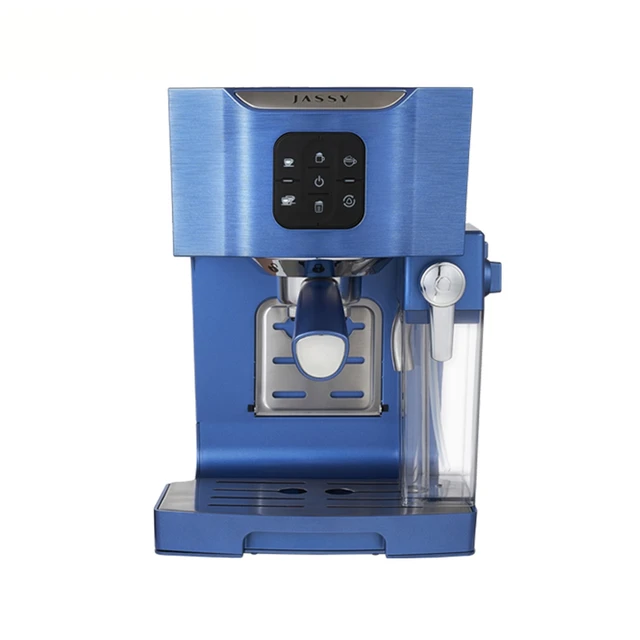
Experimenting and Adjusting
The amount of coffee required for your drip coffee maker may vary depending on factors such as the grind size, coffee freshness, and brewing temperature. It is important to experiment and adjust the amount of coffee grounds to achieve the best flavor and balance.
Grind Size: The grind size of your coffee grounds can affect the extraction process. Finer grinds may require less coffee, while coarser grinds may require more coffee to extract the desired flavors. Adjust the amount of coffee grounds based on your chosen grind size.
Coffee Freshness: Fresher coffee tends to have more pronounced flavors. If you are using freshly roasted beans, you may need to reduce the amount of coffee grounds slightly to avoid overpowering the flavors.
Brewing Temperature: The brewing temperature of your drip coffee maker can impact the extraction process. If your machine brews at a lower temperature, you might consider using a slightly higher coffee-to-water ratio to compensate for the potentially less efficient extraction.
Considering Brewing Time
In addition to the amount of coffee grounds, the brewing time is another factor that can affect the strength and flavor of your drip coffee. Most drip coffee makers are designed to brew a full pot of coffee within a specific timeframe. It is important to consider the brewing time and adjust the amount of coffee grounds accordingly to achieve the desired strength.
Faster Brewing Time: If your coffee maker has a shorter brewing time, it may extract the coffee flavors more quickly. In this case, you might want to use a slightly higher amount of coffee grounds to compensate for the shorter brewing time and maintain the desired strength.
Slower Brewing Time: On the other hand, if your coffee maker has a longer brewing time, it may extract the coffee flavors more slowly. In this scenario, you might need to use a slightly lower amount of coffee grounds to prevent the brew from becoming too strong or over-extracted.

Evaluating and Adjusting
The amount of coffee grounds used in a drip coffee maker is not an exact science, and personal preferences can vary. It is important to evaluate the strength and flavor of your brewed coffee and make adjustments accordingly.
Too Weak: If your coffee tastes weak or watery, it may indicate that you need to increase the amount of coffee grounds. Gradually add more grounds until you achieve the desired strength.
Too Strong or Bitter: Conversely, if your coffee tastes overly strong or bitter, it may indicate that you are using too much coffee. Try reducing the amount of coffee grounds and see if the flavor improves.
Finding the Sweet Spot: Through experimentation and adjustments, you can find the perfect balance and strength that suits your palate. Be open to making small changes until you achieve the ideal cup of coffee.
Additional Tips for Optimal Brewing
To ensure the best results when brewing with a drip coffee maker, consider the following tips:
Grind Your Coffee Fresh: For the most flavorful cup of coffee, grind your coffee beans just before brewing. This helps preserve the aroma and flavors. Choose a grind size appropriate for drip coffee makers.
Use High-Quality Water: The quality of the water you use can impact the taste of your coffee. Use filtered or bottled water for a cleaner and more enjoyable brew.
Clean Your Coffee Maker Regularly: Regular cleaning of your drip coffee maker is essential to maintain its performance and prevent any buildup that can affect the flavor of your coffee. Refer to the manufacturer’s instructions for cleaning guidelines.
Store Coffee Properly: To keep your coffee fresh and flavorful, store it in an airtight container away from heat, light, and moisture.
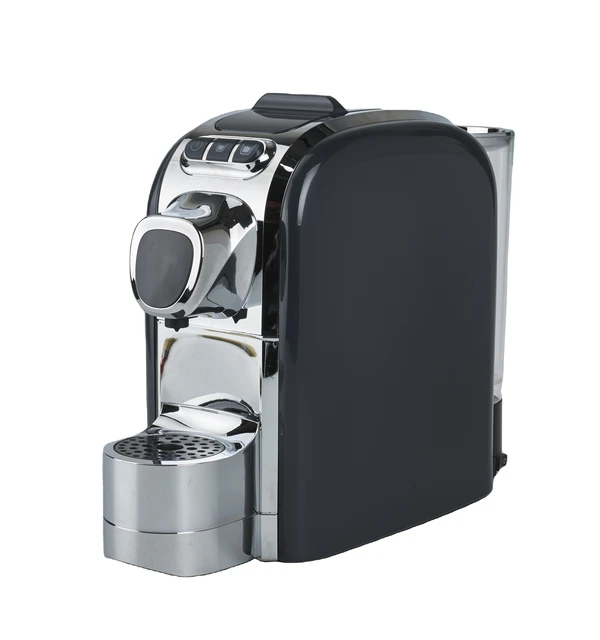
Conclusion
Determining the amount of coffee to use in a drip coffee maker requires considering factors such as the preferred strength, cup size, and coffee-to-water ratio. The recommended coffee-to-water ratio for drip coffee makers ranges from 1:15 to 1:18, but it can be adjusted based on personal taste preferences. Use the general guidelines provided in this article as a starting point and adjust the amount of coffee grounds accordingly. Remember to experiment and make adjustments based on factors such as grind size, coffee freshness, and brewing temperature to achieve the perfect cup of coffee every time.
